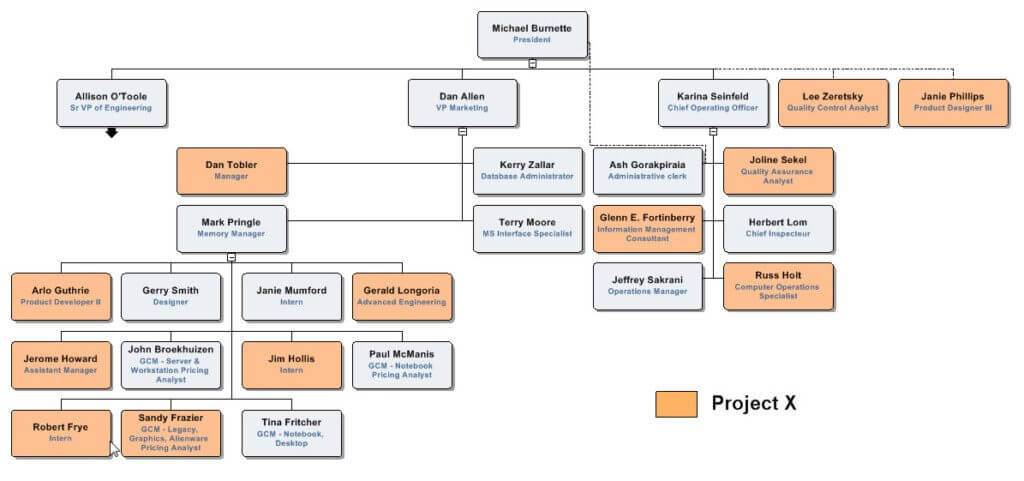March 6, 2024
8:35 PM

As the business landscape evolves, organizations today understand the importance of maintaining agility in all that they do. Companies that are able to rapidly adapt to shifting market conditions, customer or client needs, and innovative technologies are better positioned for long-term success.
Organizations can foster agility in the workplace through the use of agile org charts. These charts transform agile workforce planning by allowing for optimal flexibility and adaptability. Org charts empower organizations to be responsive to changing business needs.
While traditional org charts tend to be fixed and hierarchical, agile org charts are flexible and versatile. They can quickly adapt to changing conditions within an organization, from increased market demands to shifts within its structure. A vital difference is that they are designed to allow cross-functional team collaboration, enabling a clear picture of how every department within the organization works toward a common goal. Agile org charts are becoming increasingly popular in today’s fast-paced business climate for promoting visibility, communication, and innovation.

Recent research from McKinsey & Company has found that agility within organizations results in many benefits, from improved customer satisfaction to employee engagement and operational performance. Change is inevitable in the workforce. Organizations must be able to swiftly adapt and respond effectively.
Adopting an agile org chart for workforce planning can have the following benefits for an organization:
Adopting agile org charts can help businesses become more responsible, collaborative, and, ultimately, more efficient. Agile workforce planning results in a more engaged and effective workforce.
If you’re ready to transition to a more agile org chart, consider the following steps to ensure comprehensive planning and execution.
Paper org charts do not allow for organizational agility. Instead, digital tools and software platforms have emerged as solutions to workforce agility. In fact, according to a McKinsey & Company report, next-generation enabling technology is one of the five trademarks of an agile organization. Technology should be seamlessly integrated throughout every aspect of an organization.
When seeking an agile org chart for your organization, consider those with comprehensive features, such as:
● Integration–For optimal agility, your org chart should integrate with all of your existing systems.
● User-friendly interface–To ensure everyone will utilize the org chart to its fullest potential, consider ones with user-friendly interfaces that are easy to adapt to quickly.
● Cross-functional capability–Agile org charts should support cross-functional teams, encompassing employees and leaders across departments.
● Scalability–For growing organizations, scalability in software is crucial. Identify solutions that allow your organization to continue using it as you expand operations.
● Real-time updates–Changes in the organizational structure should be reflected in real time to ensure everyone has the most up-to-date information needed to make decisions.
● Customizable–Agile org charts should allow for custom formulas to track the metrics that are most essential to your organization.
The Org Chart offers intuitive, comprehensive organizational charts for organizations of all sizes. With visually engaging charts that are built to grow with your organization, organizations can visualize, manage, and optimze their organizational structures effectively.
Approach change with optimism. Foster a growth mindset within your organization, where change is embraced. View change as an opportunity for growth and innovation.
Establish dynamic team structures. Encourage flexible team structures that can quickly adapt to shifts in requirements and expectations, market conditions, and customer needs.Encourage a culture of collaboration. To support an agile organizational structure, establish a culture of collaboration and communication. Ensure there are clear lines of communication within and across teams and departments. If communication barriers exist, consider tools that can aid in streamlining communication.
Promoting agility within an organization can drive success and improve organizational functioning. Agile org charts empower businesses to adapt to their industry’s ever-changing needs readily. The Org Chart supports organizations by promoting agility through intuitive software that allows organizations to manage their organization and efficiently plan for their evolution.